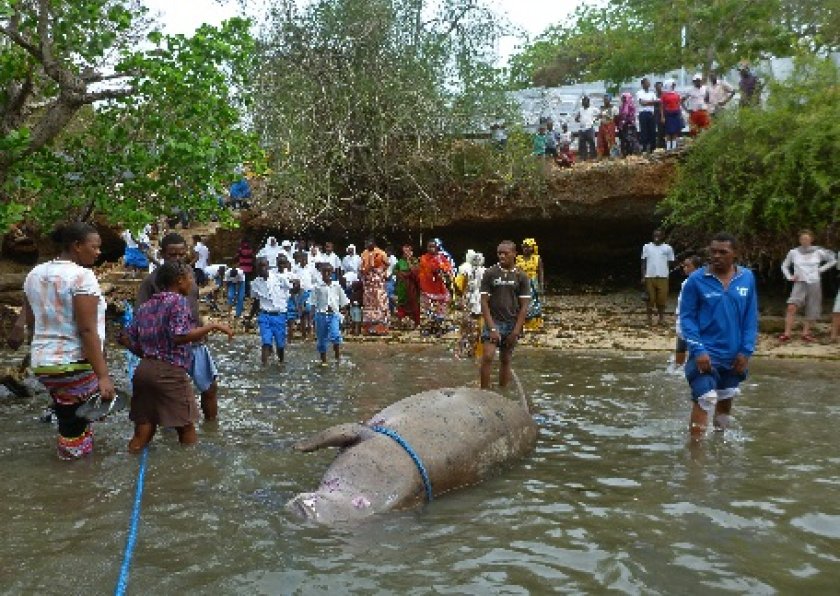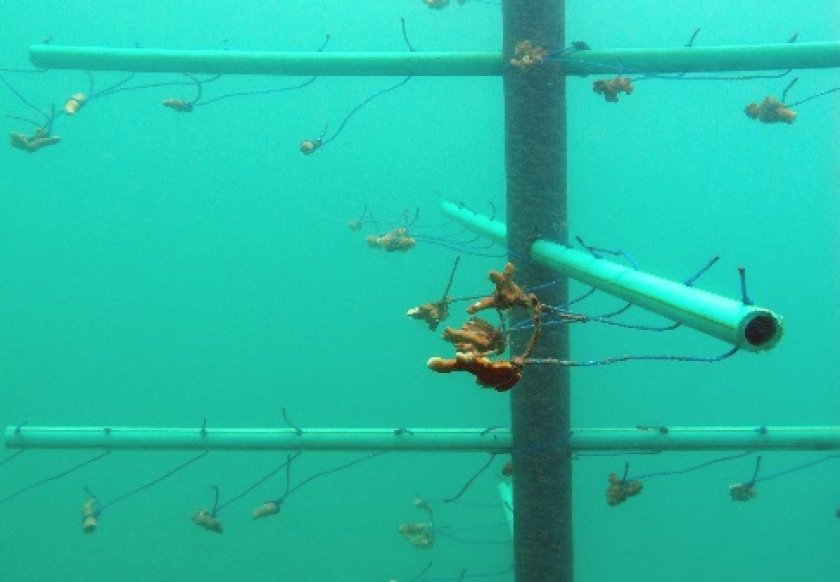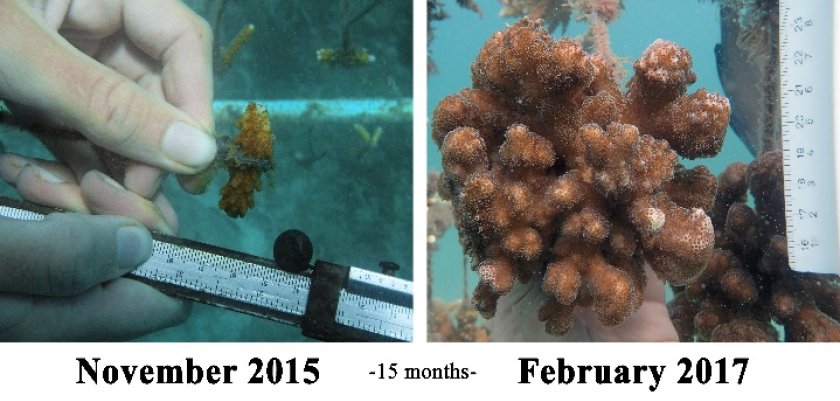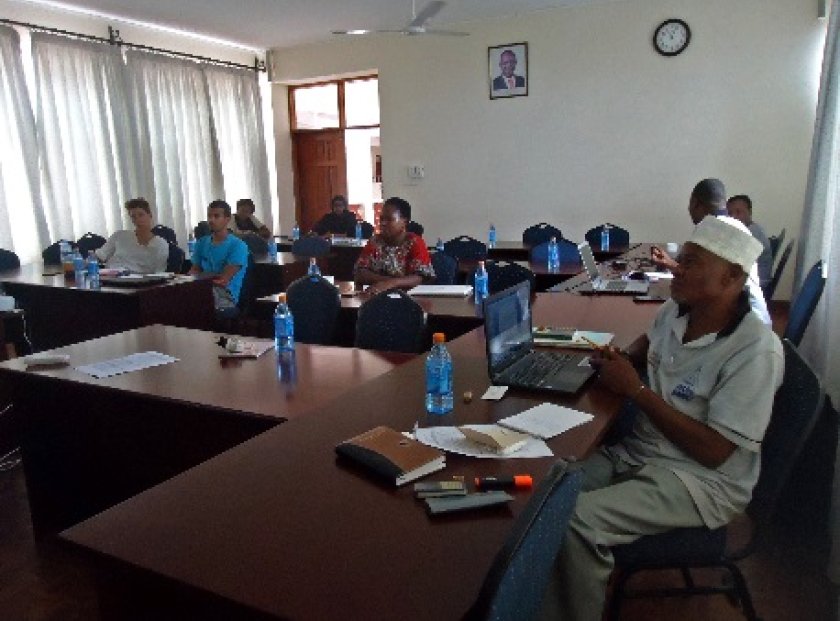
Project
REEFolution Kenya
The coastal reefs of Kenya are part of the second longest fringing reef in the world, stretching along the East African coast from Somalia to northern Mozambique. The biodiverse reefs support artisanal fishing and tourism. However, Kenya’s population is expanding rapidly and there is generally limited awareness and low commitment to sustainable fishing practices resulting in evident and increasing detrimental impacts on the coastal ecosystem. To counterbalance this increasing environmental pressure, the Reefolution Kenya initiative was established to restore and stimulate a more sustainable use of coral reefs. Past damage is rehabilitated and reef resilience increased through active coral reef restoration. In addition, less detrimental fishing methods are promoted and environmental awareness is created by involving and educating local residents.
REEFolution promo video
- Unfortunately, your cookie settings do not allow videos to be displayed. - check your settings
The project has three focal points:
Sustainable fishing
The restoration of damaged sites with hard coral creates new habitat and increases structural complexity, enhancing fish populations through adding shelter and breeding spots. Healthy fish stocks of community conserved areas can act as sources of new fish recruits and benefit local fisheries. The recovery of fish populations and their sustainable harvest will secure the use of fish as food source for future generations.

Environmental awareness
The process of coral reef restoration provides learning opportunities as participating residents are educated on the ecosystem services provided by reefs. Stewardship for reefs is created by involving residents with the identification of degraded areas, setup and maintenance of coral nurseries and restoration of reefs. Local responsibility will form an effective measure against local detrimental impacts on the reef and encourage residents to take better care of the treasures they have in their waters.

Ecotourism
Diving and snorkelling tourism will be promoted by improving reef health and through the addition of artificial reefs. Creating healthy reefs outside the Kisite Marine Park will release pressure from this frequently visited Marine Park. Tourists visiting restored areas can learn about coral reef restoration and participate actively in restoration activities through REEFolution workshops. Ecotourism will form an additional sustainable source of income for local residents.

The non-profit project REEFolution Kenya was established through an alliance between the local tourist operator Pilli Pipa and Wageningen University & Research. In the fishing village Shimoni collaboration was sought with the Kenya Wildlife Service, Fisheries Department and local Beach Management Units to set up a coral reef restoration and education project. Present activities of the REEFolution Kenya include:
Coral mariculture
Nursery structures are deployed to asexually propagate branching coral fragments of the genera Acropora, Pocillopora, Porites, Stylophora and massive coral of the genera Porites, Platygyra, Montipora and Goniastrea. Grown corals can be outplanted after about one year, depending on the species. Scientific guidance by Wageningen University and Research provides opportunities to nurture and establish climate-resilient reefs.

Research and monitoring
Field work studies are performed to optimize coral growth conditions in the nurseries and to identify effective methods for outplacement of fragments. Experimental studies using inclusion and exclusion of important herbivores are performed to evaluate their grazing impact and potential use for maintaining nursery structures fouling free. Through experimental trial and error, cost-effective and sustainable methods for outplacement are sought.
Coral growth and survival of cultured fragments is monitored throughout the year to optimize nursery design and location per species. Outplanted coral is monitored on growth and survival to determine restoration success. Permanent transects are established to monitor changes in the benthic and fish community brought about by the restoration activities. Catch per unit of effort is profiled to evaluate the socio-economic impact of the project.

Local involvement
Together with the Kenya Wildlife Service, educational campaigns are organized in which presentations are given on the importance of healthy reefs and to create understanding for the restoration activities. Degraded patches within Kisite Marine Park are restored in collaboration with the Kenya Wildlife Service. In consultation with the local Fisheries Department and beach management units, the establishment of a community conserved area outside the Marine Park is pursued in which additional restoration activities can take place.
